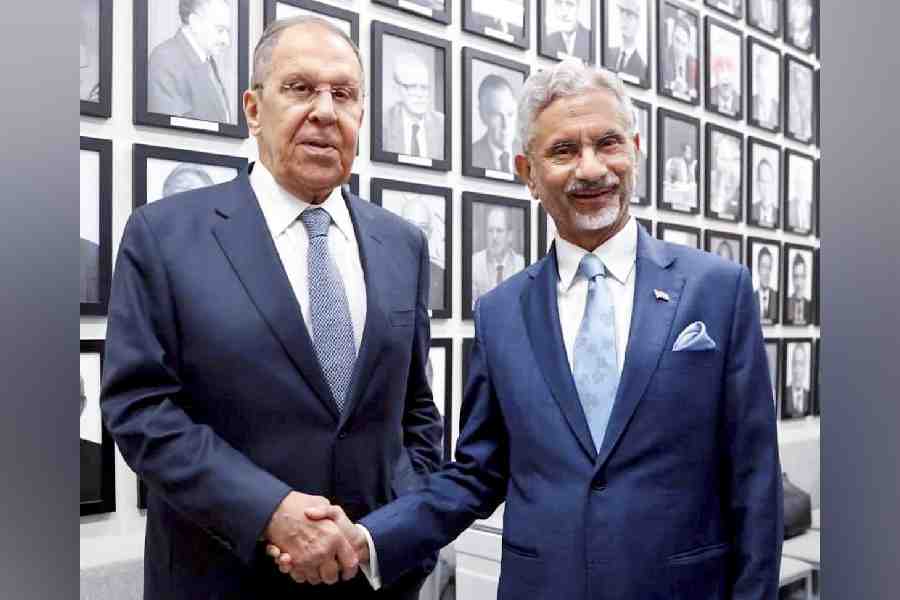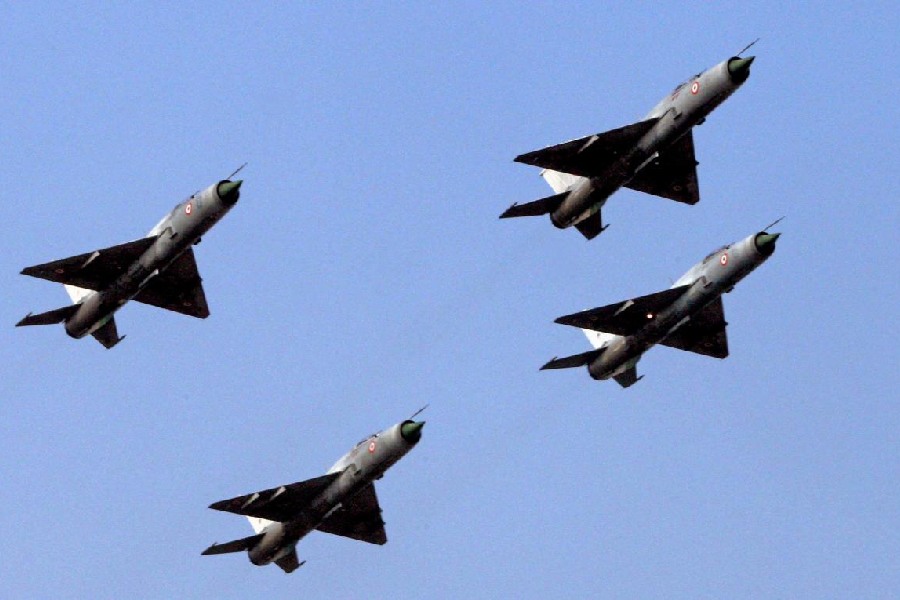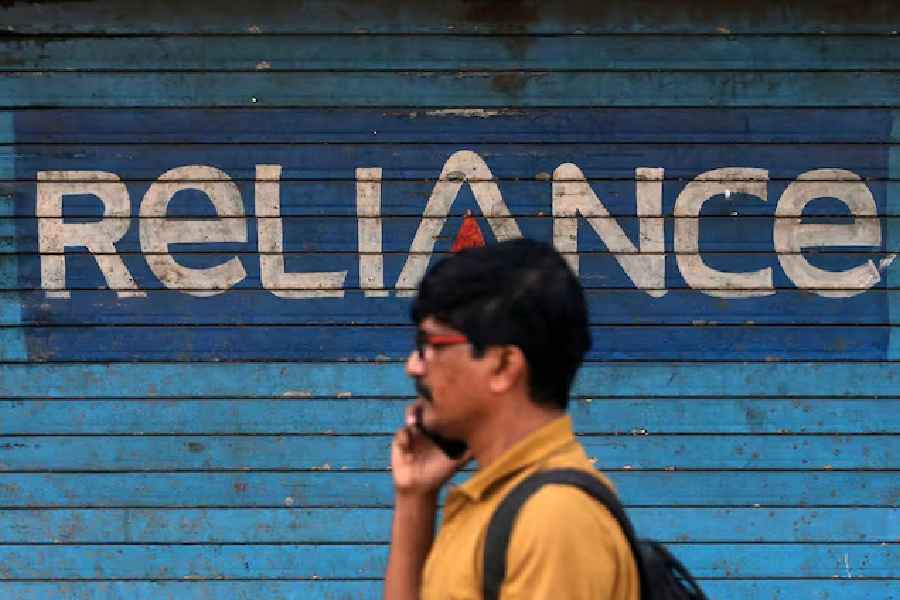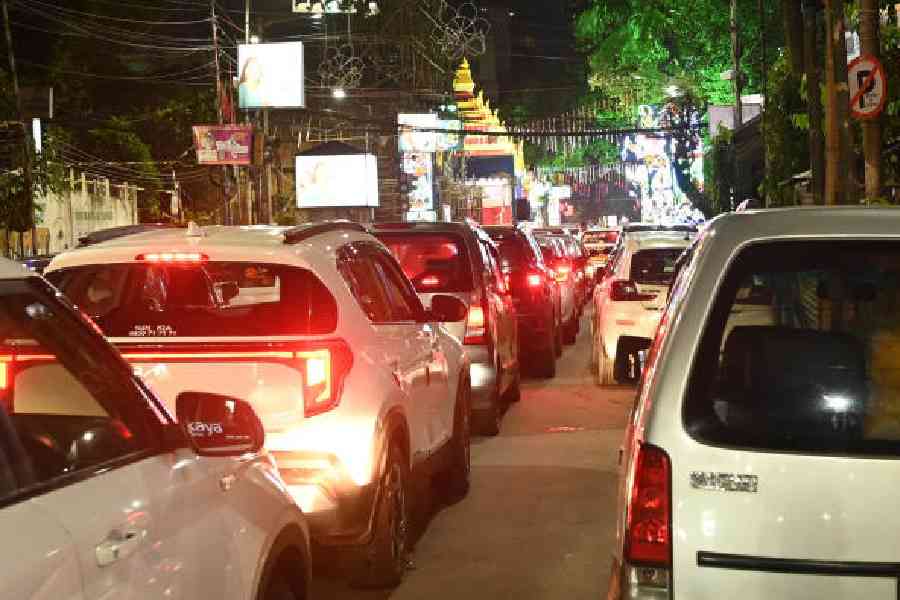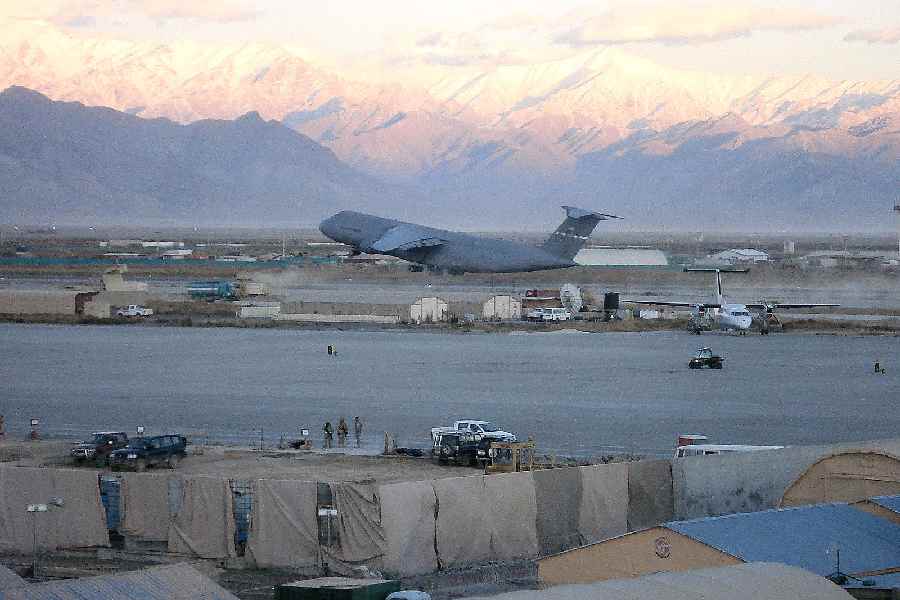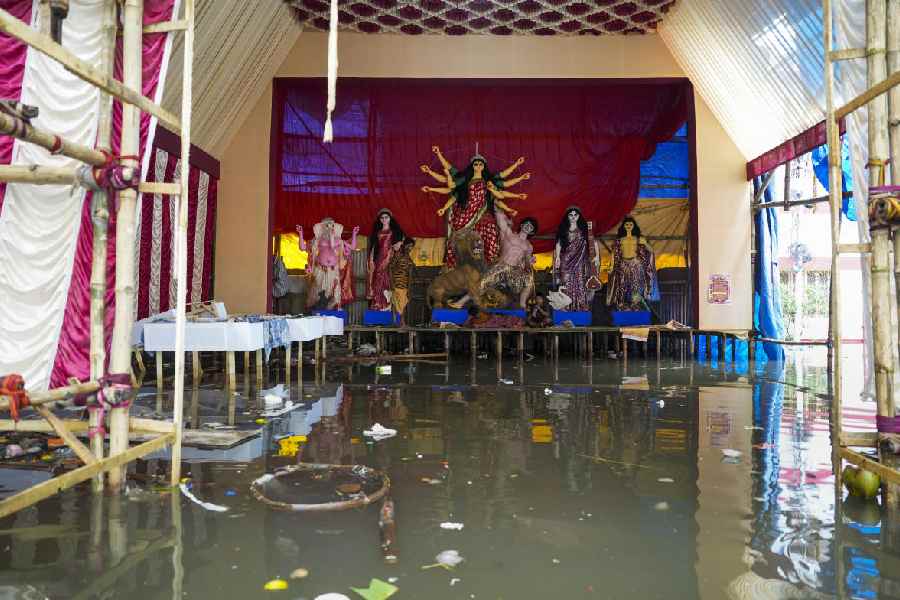
Kaliachak in Malda, Dhulagarh in Howrah and Tehatta in Nadia are three nondescript small towns of West Bengal, more than 2,000 kilometres away from Coimbatore in Tamil Nadu. Yet these three names resonated in the southern city at the Akhil Bharatiya Pratinidhi Sabha - a three-day long convention of the Rashtriya Swayamsevak Sangh (RSS) - last month.
The sangh passed a special resolution titled "Growing jihadi activities in West Bengal - a security concern for the country". It came down heavily on alleged atrocities against Hindus and accused the Mamata Banerjee government of rampant appeasement of minorities. The RSS also expressed its concern over the "declining Hindu population in the state".
Decidedly, after grabbing new ground in the northern, western and northeastern parts of the country, the saffron brigade has fixed its next target - Bengal, the once mighty red bastion.
Echoing the agenda of its ideological mentor, the Bharatiya Janata Party (BJP) has also sprung into action. The state BJP president Dilip Ghosh, a former RSS pracharak himself, says he is deeply concerned about the "insecurity faced by the Hindus in West Bengal". He tells The Telegraph: "Things are so bad you have to seek permission from the court to immerse the Durga idols." He is referring to the curb on immersion imposed by the state government last year to keep the roads free for Muharram processions. "The culture of minority appeasement has reached its peak; naturally Hindus are becoming vociferous," he proclaims.

Ghosh cites the upsurge in Ram Navami celebrations across the state earlier this month as one of the many "spontaneous reactions" of Hindus here. "Over 20 lakh people came out on the streets," he adds.
Indeed, Ram Navami had never been celebrated with such fervour in Bengal before. That the sangh parivar - especially the Vishwa Hindu Parishad (VHP) - had been making elaborate preparations for a gala celebration for a while was evident from the hundreds of billboards, flex signs and posters across cities and towns of Bengal weeks ahead of the event.
From April 5 to 9 many leaders of the BJP, the VHP and the RSS - some brandishing swords and machetes and tridents - led rallies. Enthusiasts dressed in saffron caps and bandanas holding aloft saffron flags followed them. In some areas, these zealous demonstrations created chaos, bordering on sectarian flare-ups and had to be nipped in the bud.
According to Surendra Jain, international joint general secretary of the VHP, Bengal has entered a "saffron age". "Ram Navami is the beginning of a fresh Hindu uprising in Bengal," he thundered at a rally.
Rajya Sabha MP and The Telegraph columnist Swapan Dasgupta believes this is an "expression of suppressed Hindu feelings in Bengali society that had been driven towards secularisation". He talks about how Durgotsav - a quintessentially Hindu celebration - was forcibly turned into a "secular" Sharadotsav (celebration of autumn). And reiterates, "What is happening in Bengal is a natural outburst."
Not everyone agrees with this "natural" theory. Maidul Islam, who teaches Political Science at the Centre for Studies in Social Sciences, Calcutta, or CSSSC, believes it is a carefully crafted strategy. "The Ram Navami processions were organised by the RSS-BJP leadership, after the victory in Uttar Pradesh. The jubilation and show of strength were the most important motives along with a counter to Muharram celebrations in certain parts. The campaign on social media by paid RSS-BJP trolls along with the visibility of those processions in the electronic media created a spectacle."
All these efforts are aimed at the panchayat elections next year, with an eye on the 2019 Lok Sabha polls, of course.
Although the sangh has never been allowed free rein by successive governments in Bengal, daily and periodic shakhas or units have been running surreptitiously out of parks and playgrounds for years. Biswapriya Roy Choudhury is state general secretary of BJP as well as a former swayamsevak. He says, "The Communists were scared of our cadre-based nationalistic principles that clash with their pseudo-secularist and anti-nationalistic notions."
Bidyut Mukherjee, an RSS prant pracharak also talks about the "anti-nationalist" Communists who continue to draw inspiration from "Soviet and Chinese gods". He says, "Unlike them, the sangh promotes nationalism inspired by local icons such as Swami Vivekananda."
Roy Choudhury claims sangh shakhas have in recent years seen a huge increase. The number of nitya or daily shakhas has gone up to 1,800 from 800 in 2011. "Our next target is to have at least one shakha in every panchayat of Bengal," he adds.
The RSS-run Vivekananda Vidyavikash Parishad (VVP), the Bengal chapter of the Gorakhpur-based Vidya Bharati Akhil Bharatiya Siksha Sansthan, has also witnessed a growth spurt in the last six years. Tarak Nath Sarkar, the organisational secretary and a former pracharak, is not unhappy with the current rate of growth of the VVP pre-primary and primary schools. There are 340 of them currently, mostly in West Midnapore, East Midnapore, Murshidabad, Birbhum and Bankura districts.
These schools, he says, are meant to promote patriotism and respect for Indian culture. He will tell you that getting affiliation for these has not been easy, especially during the Communist regime. And even now the primary schools don't get any financial support from the state government for extension to the secondary level unlike the madrasas that are aflush with aid.
While the VVP flourishes in the hinterland of Bengal, Sanskar Bharati, the cultural wing of RSS, is trying to make inroads into urban spaces. Bikash Bhattacharya, adviser to the Bengal chapter says, "We have 47 units across the state; we focus mainly on cultural programmes and plays that project the right human values."
Bhattacharya has also written several plays about decaying middle-class values. He says, "Since our programmes have largely been low-key affairs we haven't run into any trouble in the city. However, in district towns we faced problems during the Left Front rule; we were not allowed to book auditoriums for our shows."

One thing is clear, the RSS-BJP's upsurge in Bengal has happened only after the downfall of the Left Front here. Islam of CSSSC corroborates the view. In his view, the sangh is cashing in on the anxieties of a section of educated middle-class youth and upper-caste students who are uncertain about their future in a state where employment opportunities are few and nearly 50 per cent reservation exists in educational institutions and government jobs. Islam says, "The post-poll survey by the Delhi-based Centre for the Study of Developing Society (CSDS) has shown how these sections in Bengal voted for the BJP in the 2014 Lok Sabha elections. This section has not seen the Babri demolition, the post-Babri riots, the Gujarat genocide, the killings of Christian missionaries, all of which happened in the 1990s and early 2000s."
To reach out to these young voters the sangh, which has an aversion for the "liberal and cosmopolitan media", is leveraging social media in a big and concerted way. State RSS spokesperson Jishnu Basu also refused to speak to The Telegraph, apprehensive that the sangh's views would be "misrepresented".
Efforts and claims of a saffron surge in Bengal notwithstanding, there are seasoned Hindu activists who believe the RSS-BJP has a long way to go before it can register its presence definitively in Bengal.
Tapan Kumar Ghosh is the founder of Hindu Samhati, a "non-political Hindu grassroots organisation floated to address human rights issues for oppressed Hindus". An RSS swayamsevak since he was 13, he became disillusioned and left the organisation in 2008. He says, "I feel RSS has moved far away from Shri Guruji's (former chief of RSS M.S. Golwalkar) ideals. First, they are not supposed to hobnob with any political party but bring about social change silently. Second, many people are using the units of the sangh parivar as a 'side gate' to a power position within the BJP."
He believes both the sangh parivar and the BJP need to organise themselves at the grassroots level in rural Bengal. "They have failed to take up the cause of marginalised Hindus since Partition," he says, while drawing attention to the fact that the BJP doesn't have dynamic leaders with any kind of vision and is therefore no threat to Trinamul.
But like all other Hindu Right-wing groups, Ghosh too feels that Trinamul is overdoing the minority appeasement formula. Islam, of course, rubbishes the very concept as lip-service by political parties of all hues. He says, "All studies - Census, National Sample Survey and the government-appointed committees - indicate that Dalits, Adivasis and Muslims in Bengal, and in India, have remained socio-economically deprived for decades. There is no appeasement here."
In the 2016 Assembly elections, according to the CSDS post-poll survey, Trinamul managed 51 per cent of Muslim votes, while 38 per cent of the votes went to the Congress-Left alliance; only 2 per cent voted for BJP. "People either vote positively for developmental issues or negatively reacting to various forms of socio-economic grievances. The results are misinterpreted by cunning political outfits and given a communal turn," Islam argues.
Dilip Ghosh, however, is not ready to accept any such analysis. He believes Hindus in Bengal are waking up from a long slumber. "You'll get to know how our jana jagaran works when the panchayat election results are declared."
A prediction or a dare? One wonders.




